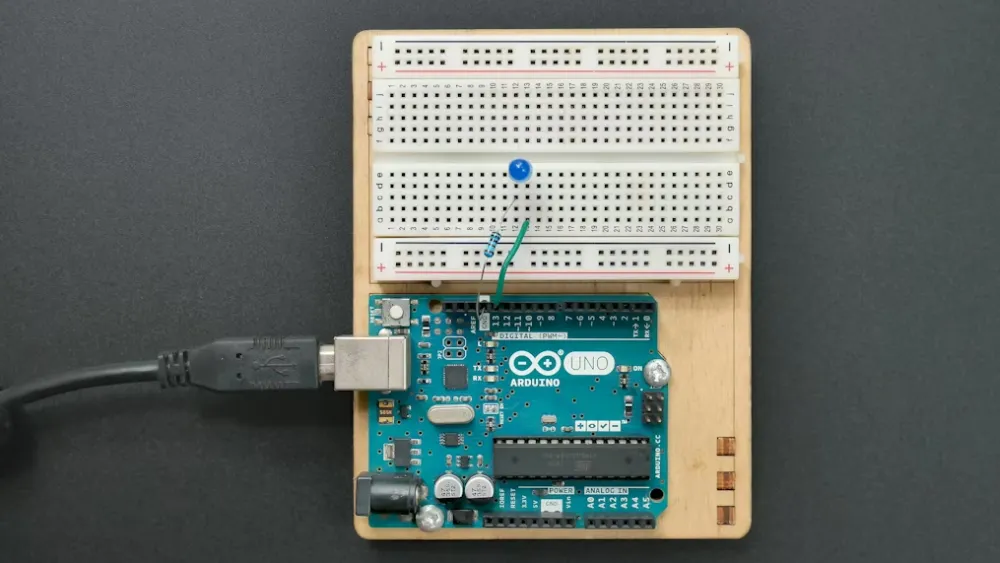
Introduction to Harmonic Current Testing
Strictly speaking, harmonics refer to the components in an electrical current that are integer mULtiples of the fundamental frequency. Generally, it involves decomposing periodic non-sinusoidal electrical quantities into Fourier series, with the remaining currents above the fundamental frequency generating harmonics.
Broadly, because the effective components of an AC power grid are at a single fundamental frequency, any components differing from this frequency can be termed as harmonics.
Causes of Harmonic Generation
Harmonics are generated when sinusoidal voltages are applied to nonlinear loads, causing distortion in the fundamental current and thus generating harmonics.
Major nonlinear loads include UPS systems, switch-mode power supplies, rectifiers, inverters, and frequency converters.
Exemptions from Harmonic Current Requirements
1) Electrical and electronic equipment not connected to the public low-voltage distribution system;
2) Electronic and electrical equipment poweRED by DC voltage;
3) Electrical and electronic equipment with a nominal voltage less than AC 220V;
4) Lighting equipment rated below 5W or electronic and electrical equipment rated at 75W (excluding lighting equipment);
5) Professional equipment with a total rated power greater than 1kW.
Standards for Harmonic Current Testing
Within the category of low-voltage supply equipment, relevant product standards include:
- IEC 61000-3-2 (rated current ≤ 16A)
- IEC 61000-3-4 (rated current > 16A)
- IEC 61000-3-12 (rated current > 16A and ≤ 75A)
Corresponding EN standards, such as en 61000-3-2 and EN 61000-3-12, are officially listed in the European Union's EMC directive, but there are no coordinating standards for devices exceeding 75A. The fundamental standard for testing methods is IEC 61000-4-7.
Testing Methods for Harmonic Currents
1) Equipment:
Harmonic analyzers and clean AC power sources
2) Testing Range:
Harmonics from the 2nd to the 40th order
3) Limit Standards for Harmonic Current Testing:
IEC 61000-3-2 specifies different limits for Class A/B/C/D products based on their classification.
Impact of Harmonic Currents
Harmonics exacerbate the burden on power lines within the grid. Large amounts of harmonic current from nonlinear loads can overload neutral conductors, potentially leading to fires and damaging equipment.
Additionally, they increase the burden on high-voltage capacitors within the grid. These capacitors are used to filter out high-frequency interference, and passing harmonic currents can cause overheating or explosions.
Furthermore, harmonic currents can distort the voltage waveform in the grid, affecting the stable operation of other electrical products.
In summary, the impacts of harmonic currents include reducing system capacity (e.g., transformers, breakers, cables), accelerating equipment aging, shortening equipment lifespan, causing safety and stability risks in production, and wasting energy.
Email:hello@jjrlab.com
Write your message here and send it to us
 Global Cyber Security Compliance for Connected Pro
Global Cyber Security Compliance for Connected Pro
 What Certifications for Exporting Monitors to Euro
What Certifications for Exporting Monitors to Euro
 Bluetooth Headphones Exported to Australia Certifi
Bluetooth Headphones Exported to Australia Certifi
 What Certifications for Router Products Exported t
What Certifications for Router Products Exported t
 TIC (Power Bank UL 2056, Portable Power Station UL
TIC (Power Bank UL 2056, Portable Power Station UL
 How to get EN 18031 Certification for Wireless Pro
How to get EN 18031 Certification for Wireless Pro
 PSE, TELEC and VCCI Compliance for Cameras Exporte
PSE, TELEC and VCCI Compliance for Cameras Exporte
 NOM & IFT Compliance for Audio Equipment Expor
NOM & IFT Compliance for Audio Equipment Expor
Leave us a message
24-hour online customer service at any time to respond, so that you worry!




